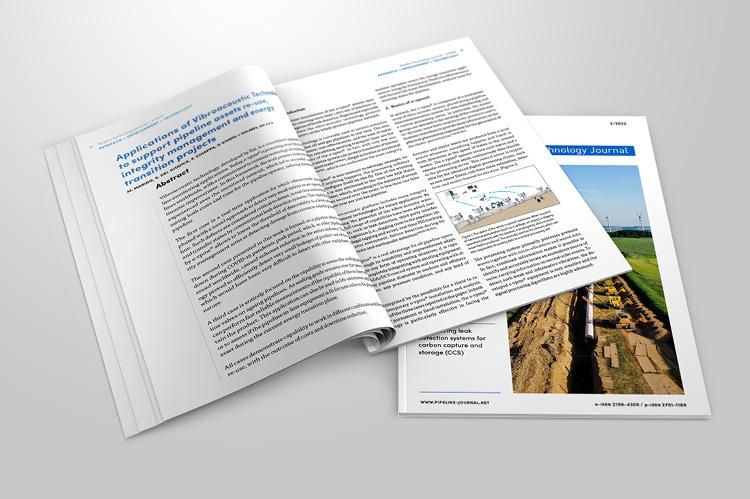Applications of Vibroacoustic Technology to support pipeline assets re-use, integrity management and energy transition projects

Vibroacoustic technology, developed by Eni, is a consolidated approach for pipeline monitoring applications. Today, e-vpms® is protecting about 1800 km of pipelines worldwide, with a commitment to constant technological evolution and continuous improvement. In this framework, the work presents some notable cases experienced over the monitored network, which led to successful campaigns saving both costs and time for the pipeline operator, reducing downtime of the pipeline.
The first case is a real-time application for which vibroacoustic system is exploited with a novel approach to detect very small defects on an operational pipeline. Such defects are considered critical to detect, in real time and in both shut-in and transfer states by conventional leak detection systems. The capability showed by e-vpms® allows to lower the threshold of detectability to a level where integrity management aims at detecting damage from corrosion-related phenomena.
The second case presented in this work is focused on a pipeline which was shutdown during COVID-19 pandemic peak period, which, as other pipelines experienced worldwide, caused volumes reduction in the entire industry. The technology proved to efficiently detect very small leakages of product out of the pipeline which would have been very difficult to detect with other equipment, given its nature.
A third case is entirely focused on the capability to assess the sealing grade of inline valves on ageing pipelines. As sealing grade worsens over the years, e-vpms® can perform fast reliable measurements of the capability of the in-line valves to retain the product. This application can also be used in life-extension applications or to assess if the pipeline in-line equipment is fit for new roles to be played by the asset during the current energy transition phase.
All cases demonstrate capability to work in different conditions and for pipelines re-use, with the outcome of costs and downtime reduction.
